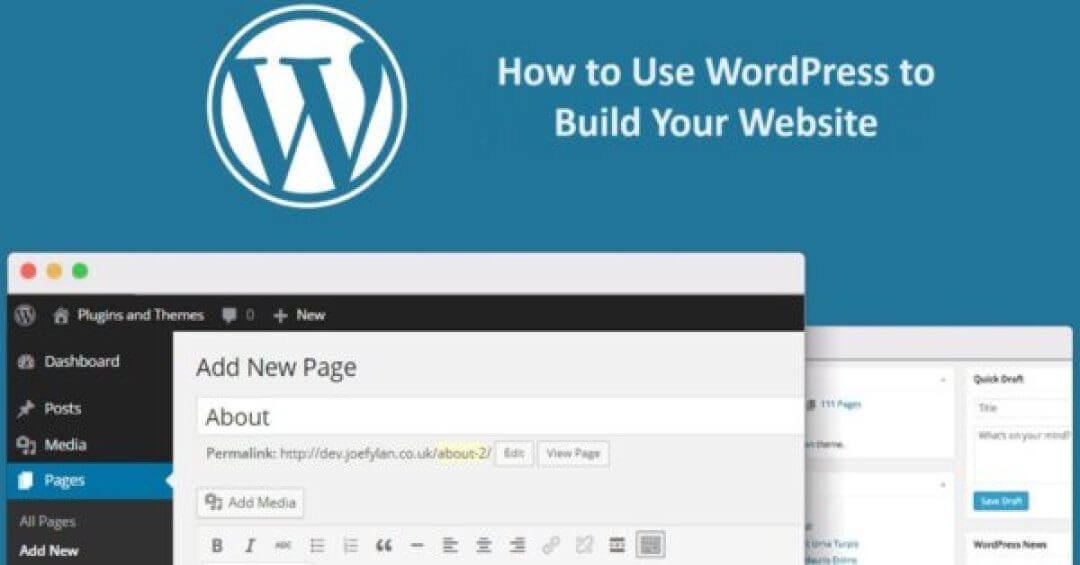
Building Your WordPress Website: A Beginner’s Guide
Embark for your website-building journey with the dynamic and versatile WordPress platform. Whether you are a blogger, entrepreneur, or corporate entity, WordPress is your gateway to growing visually appealing and practical web sites comfortably. The intuitive interface of WordPress blended with its powerful features makes it the closing choice for all and sundry trying to set up their online presence. Say good-bye to technical barriers and good day to countless opportunities as you dive into the arena of WordPress website introduction. Follow this manual to free up the whole capability of WordPress and watch your internet site come to life in no time! Get prepared to exhibit your creativity and information to the sector via your very very own WordPress website today.
Step 1: Setting Up Your WordPress Site
Choose a Hosting Provider: The first step is deciding on a hosting issuer along with Bluehost, SiteGround, or WP Engine. These companies offer dependable and person-pleasant options for storing your website documents.
Install WordPress: Simply log in for your hosting account, get entry to the manage panel, and follow the sincere commands to get WordPress up and going for walks to your domain. Get excited to start developing your dream website with the energy of WordPress at your fingertips.
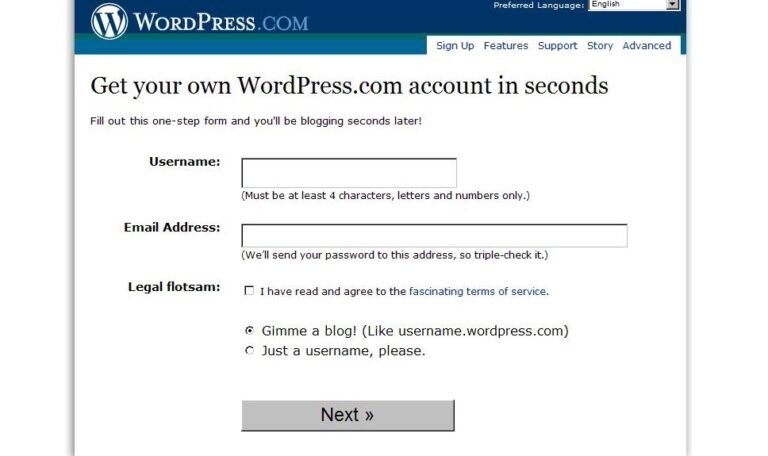
Step 2: Getting to Know the WordPress Dashboard
Once WordPress is installed, you may get admission to the WordPress dashboard, your command middle for website management. Here's a brief assessment of the important thing additives
- Dashboard: Your homepage within the WordPress admin region, showing a top level view of your site's activity.
- Posts: Create and manipulate weblog posts or articles.
- Pages: Design static pages consisting of About Us, Contact, or Services.
- Media: Upload and control pics, films, and different media documents.
- Appearance: Customize your web page's appearance with themes, widgets, and menus.
- Plugins: Extend WordPress functionality with plugins for search engine optimization, safety, and extra.
- Settings: Configure basic settings for your website, including permalinks, analyzing preferences, and dialogue settings with all of this you could create lovely wordpress website.
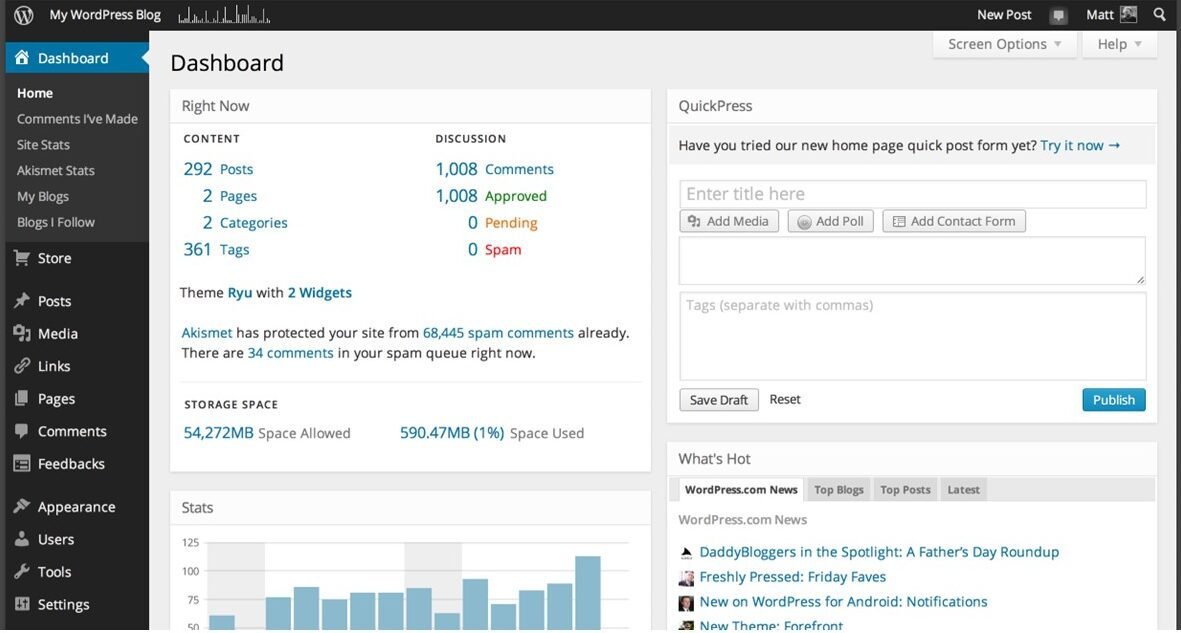
Step 3: Choosing a Theme
WordPress gives a vast library of issues, both free and top rate, catering to diverse industries and design preferences. Here's a way to select and deploy a subject:
- Browse Themes: Navigate to Appearance > Themes > Add New for your WordPress dashboard to explore the available issues. You can filter issues through capabilities, layout, and industry.
- Preview and Install: Once you find a topic that resonates along with your imaginative and prescient, click on on it to preview how it'll look to your website. If happy, click "Install" accompanied by using "Activate" to make it live on your wordpress website.
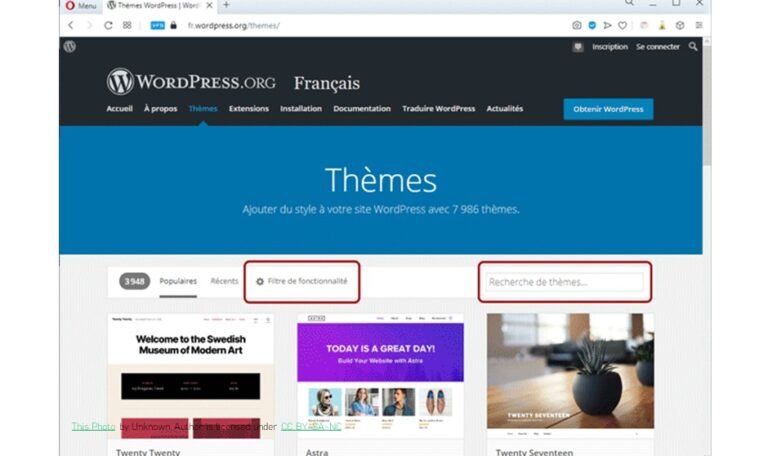
Step 4: Customizing Your Website
With your subject matter in place, it's time to personalize your internet site to align with your logo identification and goals. Here are some customization options to keep in mind for wordpress website:
- Site Identity: Upload your brand and customise the website identify and tagline underneath Appearance > Customize > Site Identity.
- Menus: Create custom navigation menus to enhance website online navigation and consumer experience. Navigate to Appearance > Menus to get began.
- Widgets: Add widgets in your website's sidebars or footer areas for additional capability. Go to Appearance > Widgets to discover to be had options.
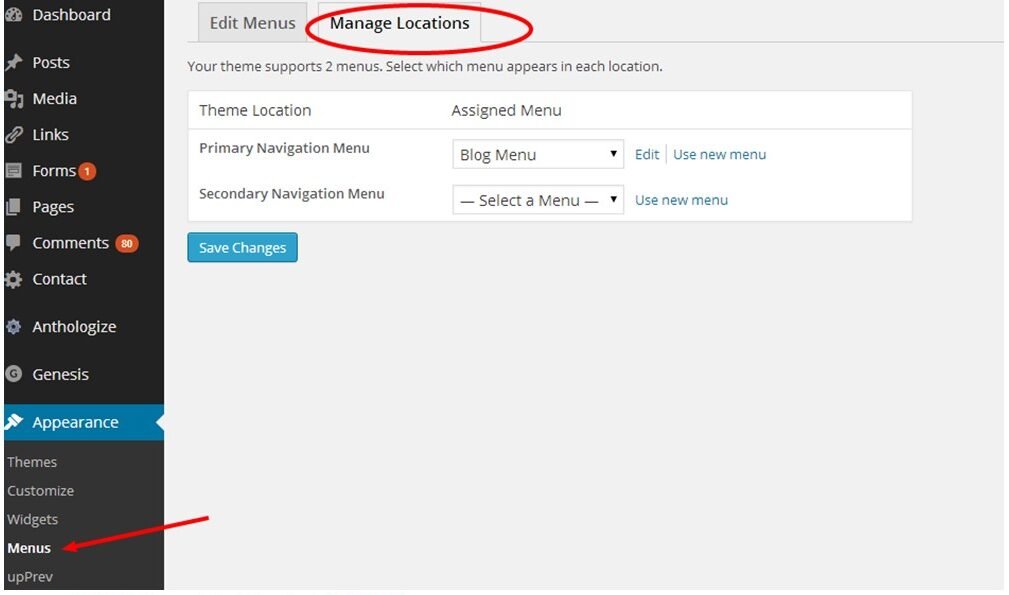 .
.
Step 5: Adding Content
Now that your internet site is taking form, it's time to populate it with compelling content material. Here's the way to create and submit posts and pages:
- Creating Posts: Navigate to Posts > Add New to create new blog posts. Write your content material the usage of the intuitive editor, upload images, and format your text as preferred.
- Creating Pages: Similarly, navigate to Pages > Add New to create static pages together with About Us, Contact, or Services. Customize every page with relevant content and media.
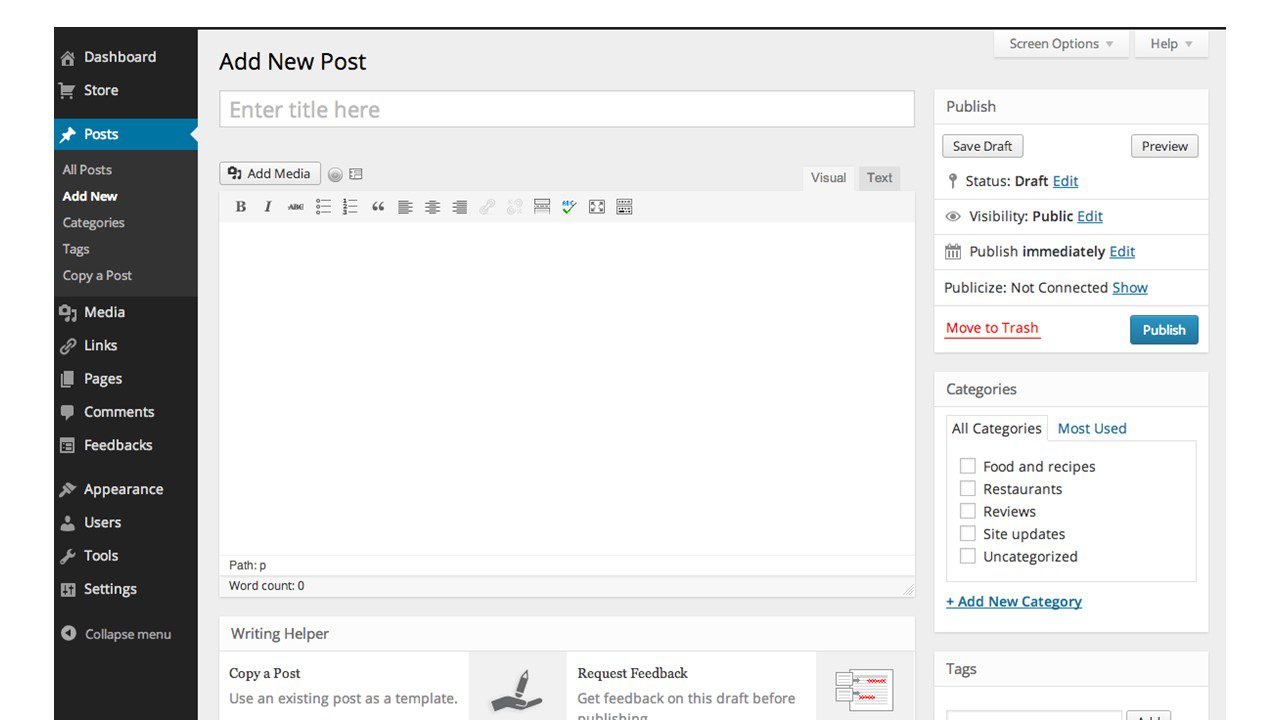
Step 6: Extending Functionality with Plugins
One of WordPress's greatest strengths lies in its extensibility through plugins. Plugins will let you upload new features and beautify your worpdress website functionality without the want for coding. Here's the way to set up and activate plugins:
- Explore Plugins: Navigate to Plugins > Add New to browse the considerable WordPress plugin repository. You can search for plugins by way of key-word or discover famous and featured plugins.
- Install and Activate: Once you discover a plugin that suits your wishes, click "Install Now" observed by way of "Activate" to integrate it into your internet site.
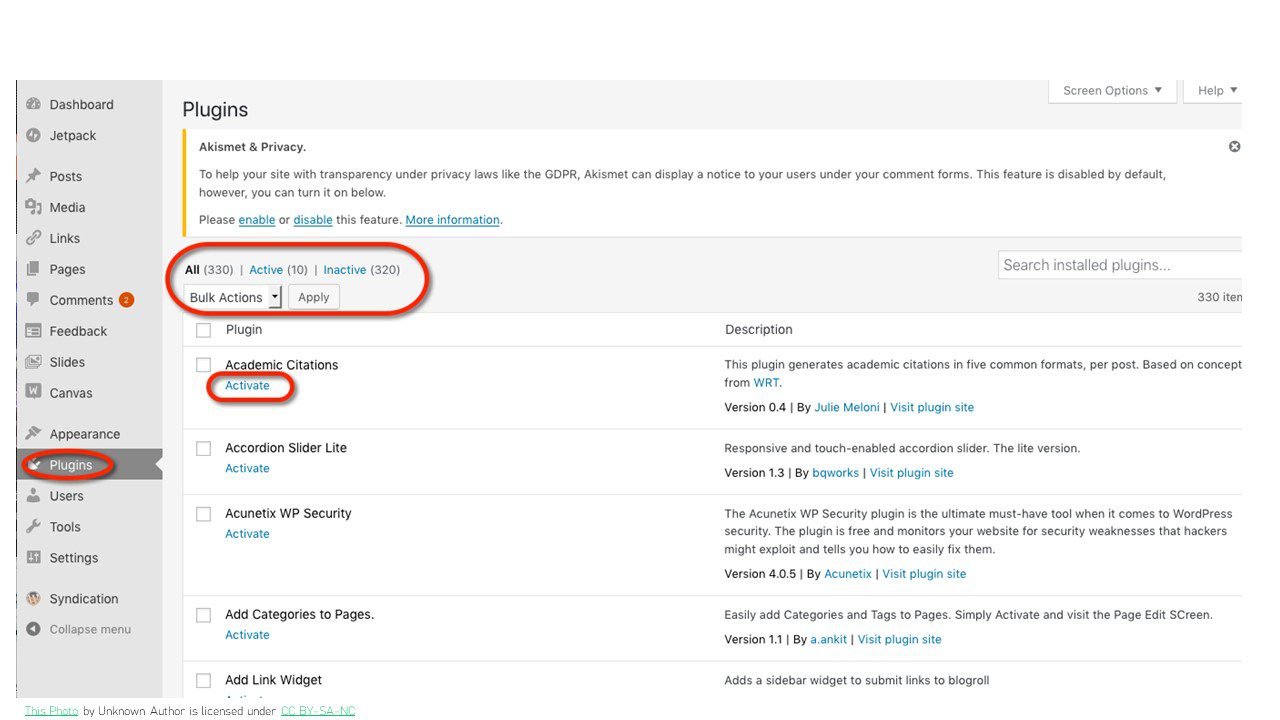
Step 7: Regular Maintenance and Updates
To preserve your WordPress internet site steady and running smoothly, it is crucial to carry out normal renovation tasks:
- Update WordPress Core: Keep your WordPress set up up to date by means of installing the brand new updates as they become available.
- Update Themes and Plugins: Similarly, replace your subject matters and plugins frequently to ensure compatibility, security, and overall performance enhancements.
- Backup Your Website: Implement a normal backup agenda to safeguard your wordpress website facts in case of emergencies. Many hosting vendors offer computerized backup solutions, or you can use plugins like UpdraftPlus or BackupBuddy.
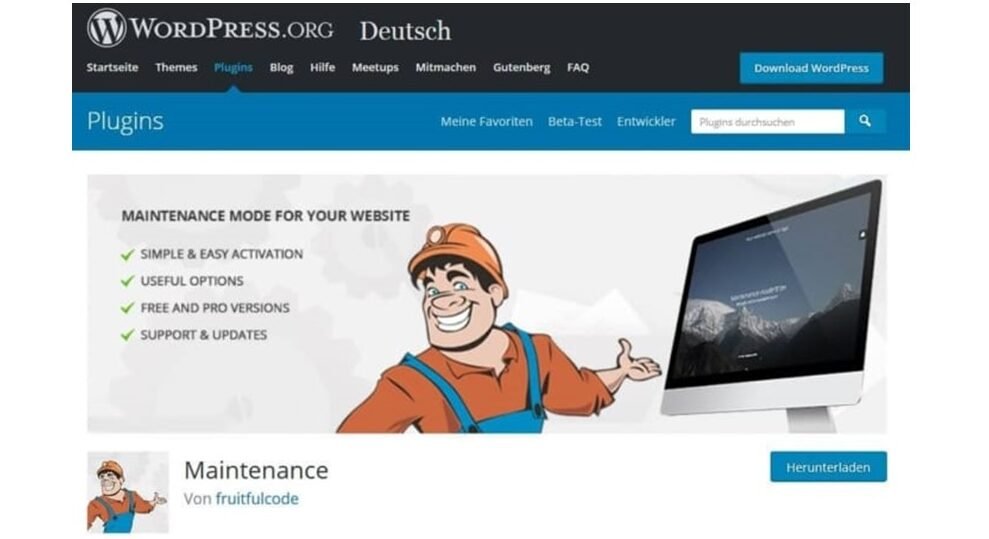
Step 8: Learn and Grow
Finally, remember that building a successful website is an ongoing journey of learning and refinement. Stay curious, explore new tools and techniques, and never stop striving to improve your website and user experience.
Conclusion
In end, WordPress offers a effective but reachable platform for building websites of all styles and sizes. By following this novice's guide and leveraging WordPress's intuitive interface and huge ecosystem of themes and plugins, you may convey your website vision to life and set up a compelling on-line presence.
So, what are you awaiting? Dive into WordPress today and unharness your creativity at the wordpress website.
FAQ
Users can optimize their WordPress website for search engines by implementing additional SEO best practices beyond the basic settings mentioned in the article. This may include optimizing page titles, meta descriptions, and heading tags for relevant keywords, improving website speed and performance, creating high-quality and shareable content, obtaining backlinks from reputable websites, and utilizing SEO plugins like Yoast SEO or Rank Math to streamline the optimization process.
To protect their WordPress website from potential threats such as malware or hacking attempts, users should follow recommended security measures and best practices. This may include regularly updating WordPress core, themes, and plugins to patch security vulnerabilities, implementing strong and unique passwords for admin accounts, enabling two-factor authentication, restricting access to sensitive files and directories, installing security plugins like Wordfence or Sucuri Security, monitoring website activity for suspicious behavior, and performing regular security audits and backups to restore the website in case of an attack.
Users can integrate third-party services or external tools with their WordPress website to enhance functionality or gather insights. The steps involved in setting up these integrations may vary depending on the specific service or tool. Generally, users can achieve integration by installing and configuring plugins or using custom code snippets provided by the service provider. For example, integrating an e-commerce platform like WooCommerce may involve installing the WooCommerce plugin, configuring product settings, setting up payment gateways, and customizing the appearance of the online store. Similarly, integrating an analytics tool like Google Analytics may require adding tracking code to the website’s header or using a dedicated plugin to streamline the process. Users should refer to the documentation or support resources provided by the service provider for detailed instructions on setting up integrations with WordPress.

